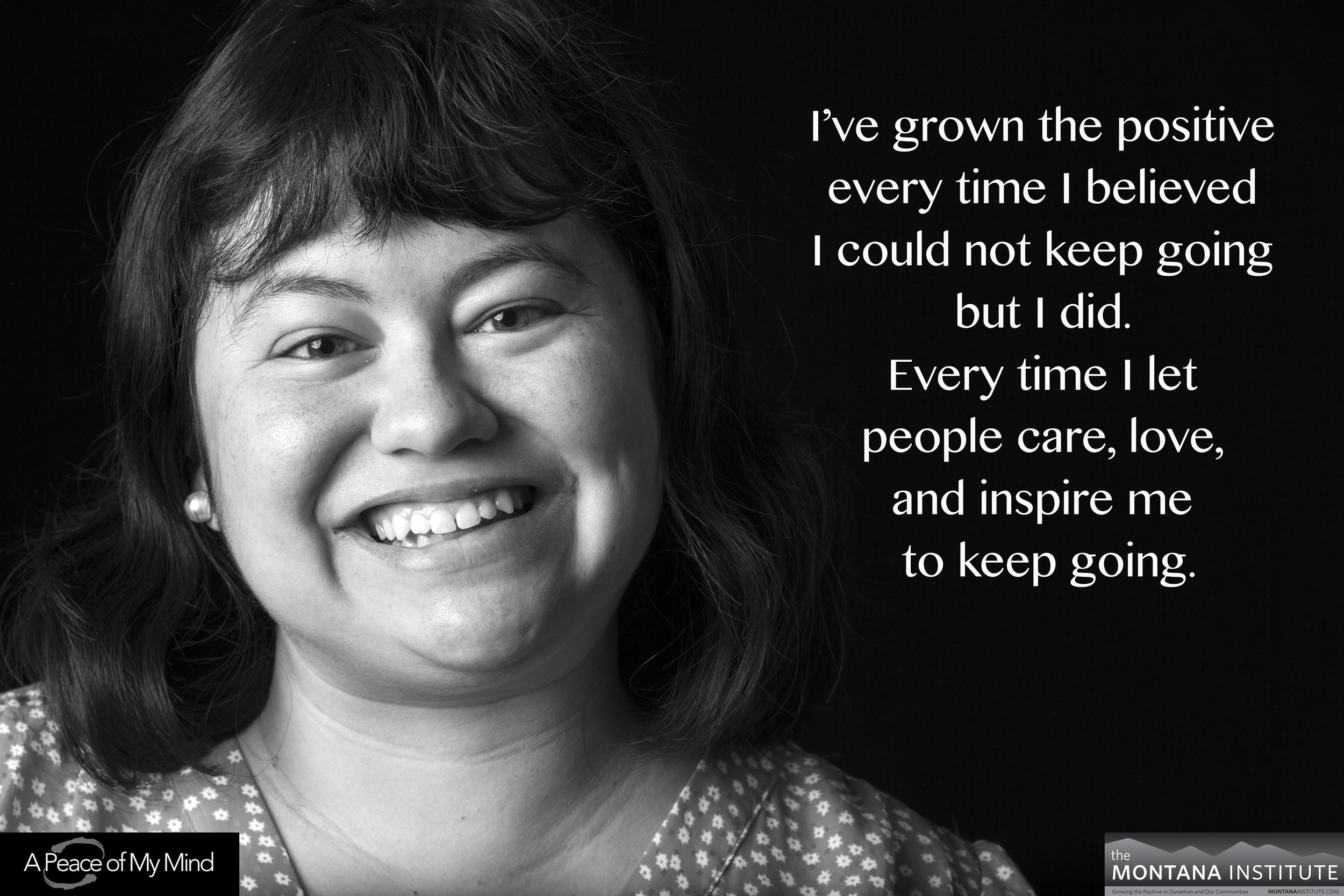Reflection is one of the key skills and habits of a transformational leader. The Transformational Cycle of the Science of the Positive tells us to focus on Spirit first, followed by Science, then Action, and, finally, on the Returns we have achieved. Before you start planning resolutions and the Spirit with which you want to start the New Year, you might benefit by spending some time reflecting on the Returns of the past year. Below are some reflections based on the Seven Core Principles to help you look back before you plan ahead.
Be Positive
We have a choice in how we reflect on our past – and we can choose to be positive. When we reflect on the past with a positive outlook, we grow, learn, and gain energy for the future. “Failures” are simply experiments with outcomes we did not expect. Try to think back over the past year with a positive spirit. Are there positive lessons to be learned from even your most negative experiences?
Be Present
The lessons of our past can become meaningful in the present. We do not want relive the past, but to look at it from the distance of where we are today. By staying present and mindful, we can separate ourselves from our past and see more objectively. Think back over the past year. Did you spend time looking backward or rushing ahead? How can you spend more time in the present moment?
Be Perceptive
If can be helpful to examine our past with the scrutiny of an objective investigator. We could choose ask the questions we have not asked -- or are afraid to. There is much we can learn from our experiences, if we choose to look. What wisdom have you gained over the past year that could be helpful in the future?
Be Purposeful
The purpose of reflection is to learn for present and future action. Reflection can help us refine our purpose, and work towards it with renewed determination. If we start from a place of compassion, we can use reflection to understand and grow. What happens when you think about your past year with an attitude of compassion? How can you use these insights to refine your purpose for next year?
Be Perfected
We reflect on our past with a sense of humility to become more effective in serving others, our families, and our friends. Although we will never reach perfection, we can always learn from what we’ve done in the past, and let us guide us in the future. Keeping that same attitude of compassion, ask yourself where you could have devoted more energy to being perfected over the last year. In what areas did you improve?
Be Proactive
Reflection is proactive work that takes time and energy, but it is worth the investment. It is through this proactive allocation of our most precious resources (focus, time, and energy) that we can learn and grow. Did you take time for reflection over the past year? How could you be more proactive about building time for reflection into your life?
Be Passionate
Living from our deepest passions can help us cherish our successes and laugh at our mistakes. If we celebrate the goodness that we experience, this energy can sustain us. We must dare to be inspired by growth. What passions sustained you over the past year? What passions have you lost connection with that you could rekindle?























